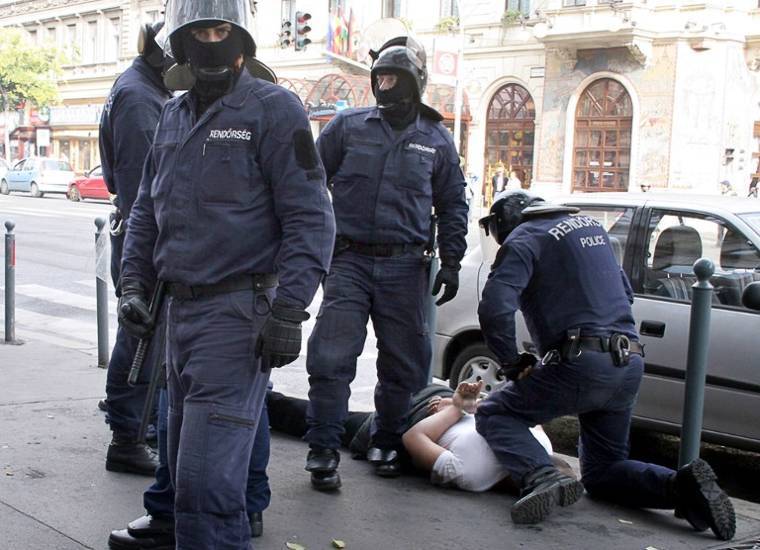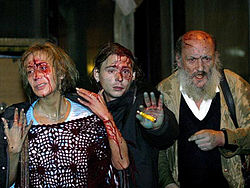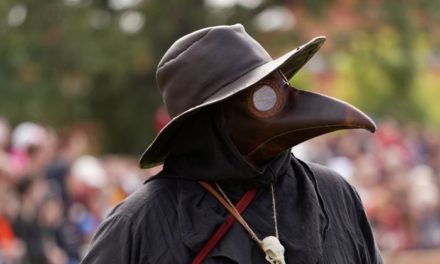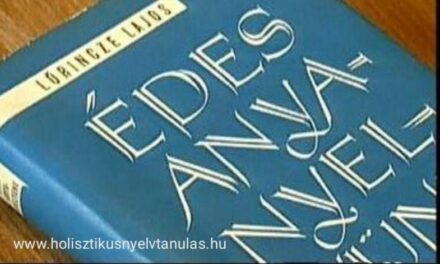It is a sad fact that stories related to the bloody fall of 2006 and attempt to convince the readers that everything was different by undertaking a shocking rewriting of the past.
The common feature of these writings, in addition to incoherent lies, is relativization, trivialization, and victim-blaming. Many more police officers were injured than protesters - they say, as if we were only hearing Klára Dobrev - the police acted lawfully and proportionately, they did not shoot into the crowd, because according to them, firing rubber bullets at eye level is perfectly fine, and if someone is injured, the it's only his fault, because why did he go there.
For this reason, below, based on the reports of the Civil Jury Committee - which was created specifically to investigate violent acts - we will recall the facts regarding the events of the fall of 2006. First of all, however, we must state that the tragedy of October 23 cannot be interpreted without exploring the antecedents.
It is well known that on September 17, under circumstances still unknown, the Prime Minister's speech, known as the Ószöd speech, which was delivered by Ferenc Gyurcsány, of the Hungarian Socialist Party, in March 2006, in front of nearly two hundred parliamentarians, was leaked. The prime minister admitted that they had lied about the state of the Hungarian economy before the elections, thus deceiving the people of the country, and that instead of the promised welfare program, a neoliberal program will follow that will impose a glaringly heavy burden on the population. It is worth noting that
"the tone of the speech was obscene to such an extent that we have not known an example of it in the case of a Hungarian or foreign state leader before this".
In the hours after the speech was made public, thousands of people came to the Parliament - but there were also groups in the countryside - and until October 23, Kossuth Square became the location of the peaceful assembly.
The spontaneous formation of mass protests was a textbook example of the sociological and psychological phenomenon that necessitates the existence, protection and provision of the right to assemble in democratic states. It is an integral part of democracy that the citizen can freely express his opinion on public affairs, and here it is also worth pointing out that the actual exercise of these rights will, by its very nature, always disturb those who have a different opinion, or whose comfort and peace of mind are limited to a certain extent. However, everyone is forced to endure this - just as the national side has endured so many left-wing demonstrations in recent years - if only because someone who feels like an outsider today may find it important to voice their opinion tomorrow.
The "demonization" of demonstrators and protestors, i.e. those exercising their human rights, became a clear strategy and goal of the government, and this goal became evident on the night of September 18, in connection with the siege of the Hungarian Academy of Sciences. On this day, the number of protesters in Kossuth Square reached ten thousand people, and a part of the crowd marched to Szabadság Square to have their petition read. The vast majority of the crowd was peaceful at this location as well, the police officers were attacked by a few dozen, roughly 50-100 people, and those standing in the back had no idea what was happening in the front lines. The report of the Ignácz Committee, i.e. the investigation of the police chief, established that approx. 100 police officers were injured, and all of this could have been avoided if the commanders responsible for the action had acted in accordance with the governing standards and the rules of the police profession. It is incomprehensible why additional police officers were not dispatched from the vicinity.
"The prime minister said that he was in direct contact with the deputy national police chief on the night from Monday to Tuesday" (he was in charge of police duties)
- index.hu wrote on the evening of the 19th. The question is, did the Minister of Police and/or the Prime Minister have the right and opportunity to influence the behavior of the police? The answer is Rtv. from the relevant legislation clearly yes. So why wasn't the relevant commander ordered to order reinforcements? And we have to ask this question again in connection with the later facts and events, only with the opposite sign: why didn't the Prime Minister, the Minister of Police, and the government stop the massive police brutality and arbitrary detention series that they were aware of?
On September 19 and the following two nights, the "answer" of the police arrived, and the exploitation of sympathy for the injured and humiliated police officers on Szabadság Square began, as well as the anti-Gyurcsány activists exercising their human rights by mixing up the few dozen rioters with the crowd of tens of thousands. the conscious, well-constructed demonization of protesters and the entire opposition together with them; the public figures speaking in the press used the words "street politician", "protester" and "violent rioter" synonymously. This is how Hungarian society was divided into the "silent majority" (those who do not want or dare to criticize Gyurcsány by exercising their right to assemble) and the "rowdy minority" (those who exercise their human rights and express their opinions and demonstrate). And what could be the task of a "responsible" government other than to protect the quiet majority from the rowdy minority? Namely, with hard tools.
Accordingly, on the night of September 19, 20, and 21 (and all day on October 23), random hunting, mass intimidation, and abuse of people going home from Kossuth Square or simply walking there began. By definition, the peaceful crowd had to get home somehow, and on the night of the 19th, as a rehearsal for the 23rd of October, a mass dispersal took place. Even then, on the first night of mass police brutality and arbitrary arrests, the phenomenon known as "change of intention" in criminal law was observed, the essence of which is that people with originally peaceful intentions, having experienced the police aggression around them, seeing and experiencing vulnerability and helplessness , they confronted the police and started fighting. However, when determining responsibility, it is far from indifferent who initiated the violence! In any case, Gyurcsány and Demszky emphasized in their subsequent statement that
"last night and early morning, the police restored order with exemplary determination and clarity".
From then on, the police had a model for how to act towards passers-by, so that they deservedly earned the exemplary epithet. Summarizing the newspaper reports, we can record the following: the police beat the protesters' heads, fired tear gas at head height, nearly a hundred people were injured (including 4 policemen), beat people with rubber sticks, and practically hit everyone where they could. The night of the 20th and 21st was similar, one young person suffered a head injury from the tear gas grenade, another was hit by the ear, who was also seriously injured, a protester was shot in the stomach at close range, another 6-8 young people were beaten up without knowing to stand on his feet, one man had three teeth knocked out, four others were beaten with a rubber stick, and finally a young man was shot in the neck with a rubber bullet.
Note that the Hungarian Helsinki Committee and Amnesty International also objected to the disproportionate police action. By this time, more than 200 people had already been detained - at least eight out of ten of whom were found to be in violation of the law and unjustified, and 90 percent of the arrests were later declared illegal in the second instance - and while dozens of people were in hospital due to injuries caused by the police, the propaganda continued (also abroad), the distortion of facts and the almost complete neglect of human rights violations on the part of the "developed world". Of course, Gyurcsány not only failed to order an immediate investigation into how the amount and quality of injuries reported by the news agencies could have taken place, but he formulated his expectations for the future, and the police chief faithfully fulfilled this: he acted similarly on October 23.
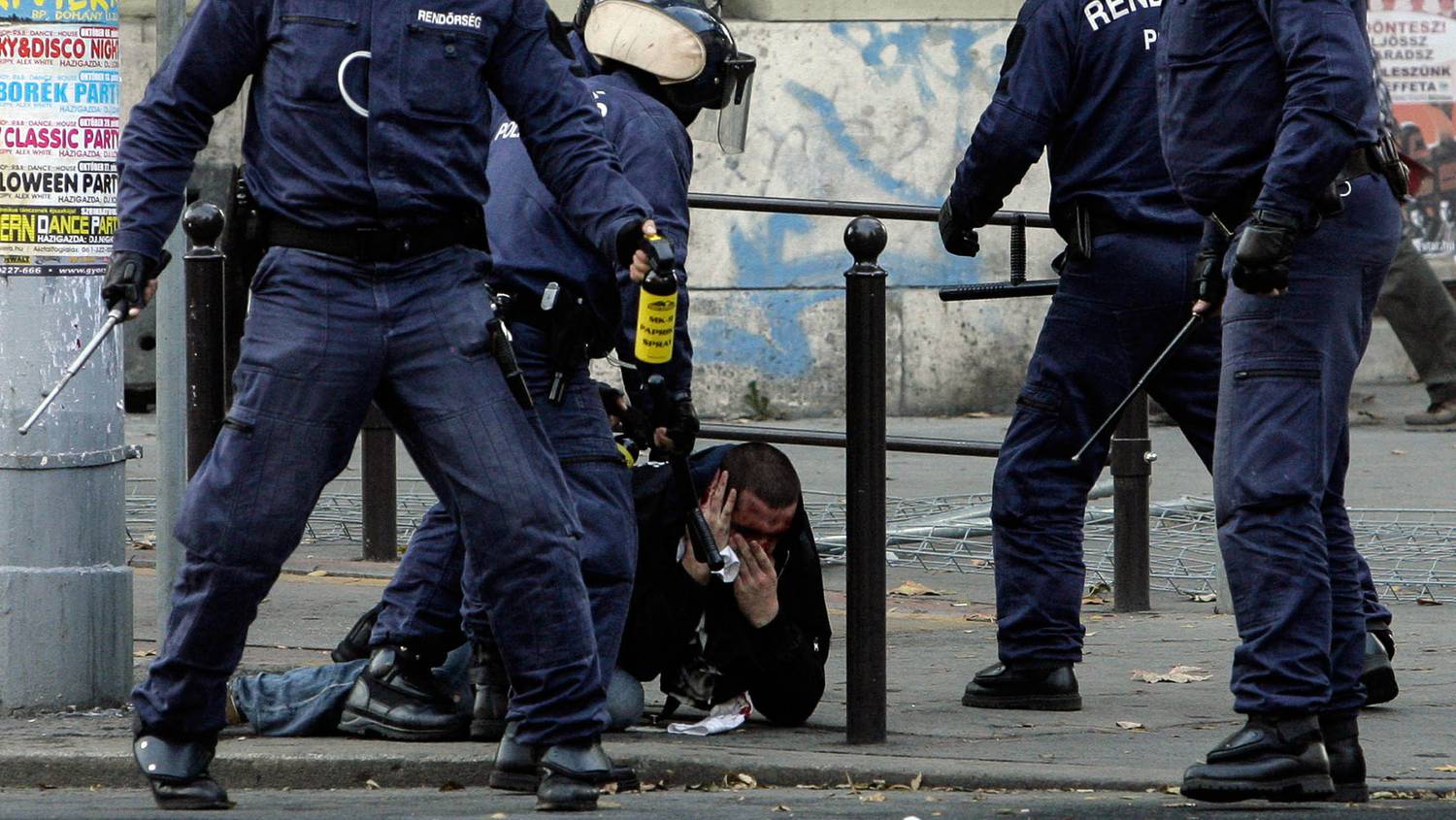
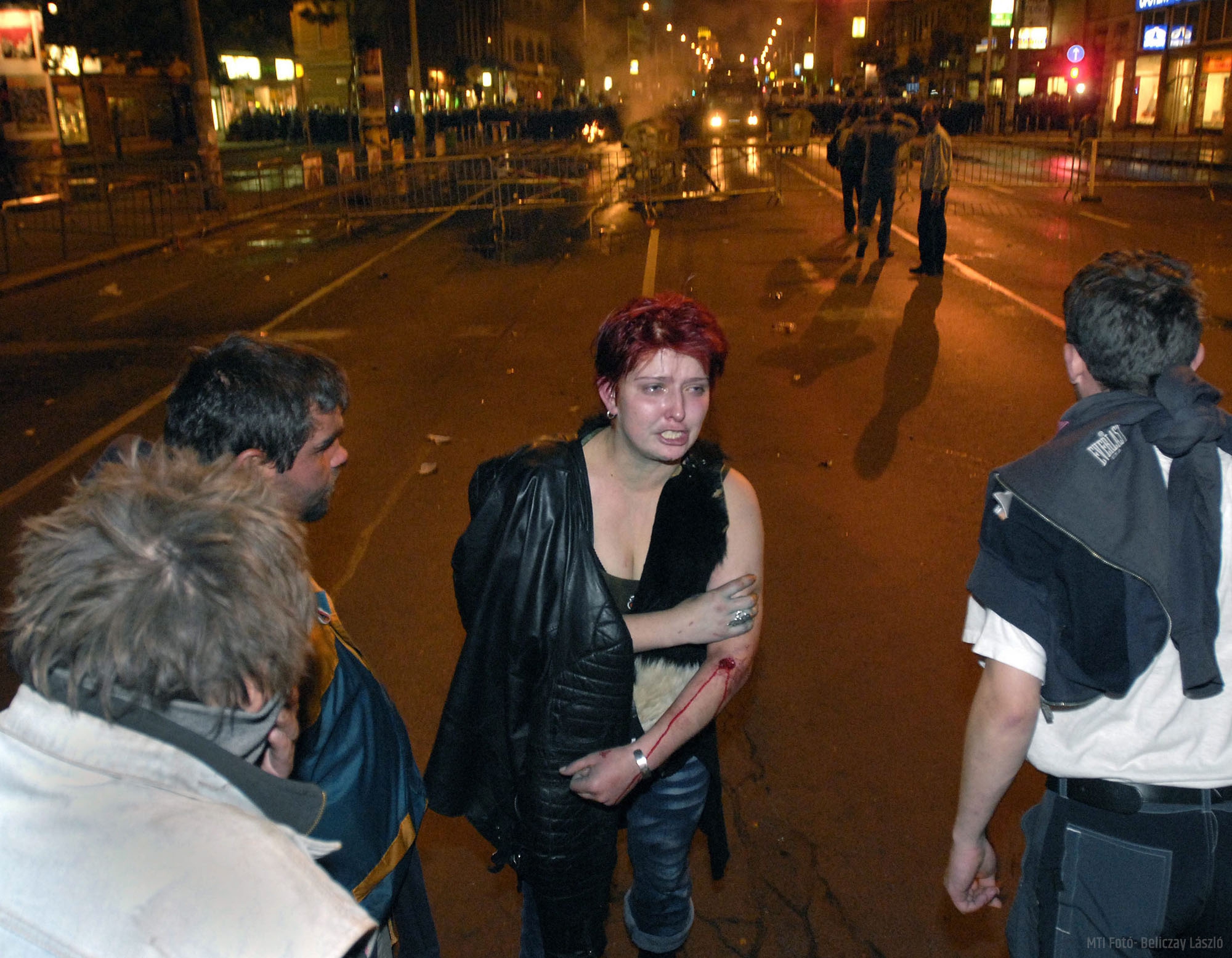
A discussion of the detailed events of Bloody Monday would exhaust the scope of this article, instead, here are the testimonies of some eyewitnesses and a table of the injured.
"DS was at the Fidesz assembly. He was beaten by the police at the Astoria tram stop, even though he was only there as a peaceful civilian. His ribs are broken, his eyesight is impaired. He considers the incident to be outrageous, and has filed a report."
"A short, lovely lady in her 40s, TK, headed home with her family towards Deák tér after the rally. Her husband fell behind them in the crowd, the lady and her daughter tried to break through the crowd holding hands. All of a sudden, they were attacked by mounted policemen, and without warning, they started hitting the crowd marching towards them. The mother received a huge blow to her right shoulder. He became swollen and bruised. He had a vision of it, and he undertakes to testify.”
"SF came up from Tatabánya with his wife to commemorate Fidesz. After the rally, they were also attacked by the police on Károly körút. The tear gas grenade exploded next to his wife. The lady was in sick leave for a long time, she could barely see and her eyes hurt. Both would testify by experiencing the excesses.”
"Old, kind, frail gentleman, SZ.A. with his head bandaged, he complained that he got a rubber bullet to the top of his head at Astoria, right after the rally, while fleeing from the diversionary action of the police. They helped him at Rókus Hospital, and from there an ambulance took him to Péterfy, where he was treated. He was unwell, but he returned home on his own two feet, and by 9:30 the next morning he had already received his summons. He is sure that the hospital released his information, he found the letter simply dropped in his mailbox without an envelope. He filed a complaint with the prosecutor's office."
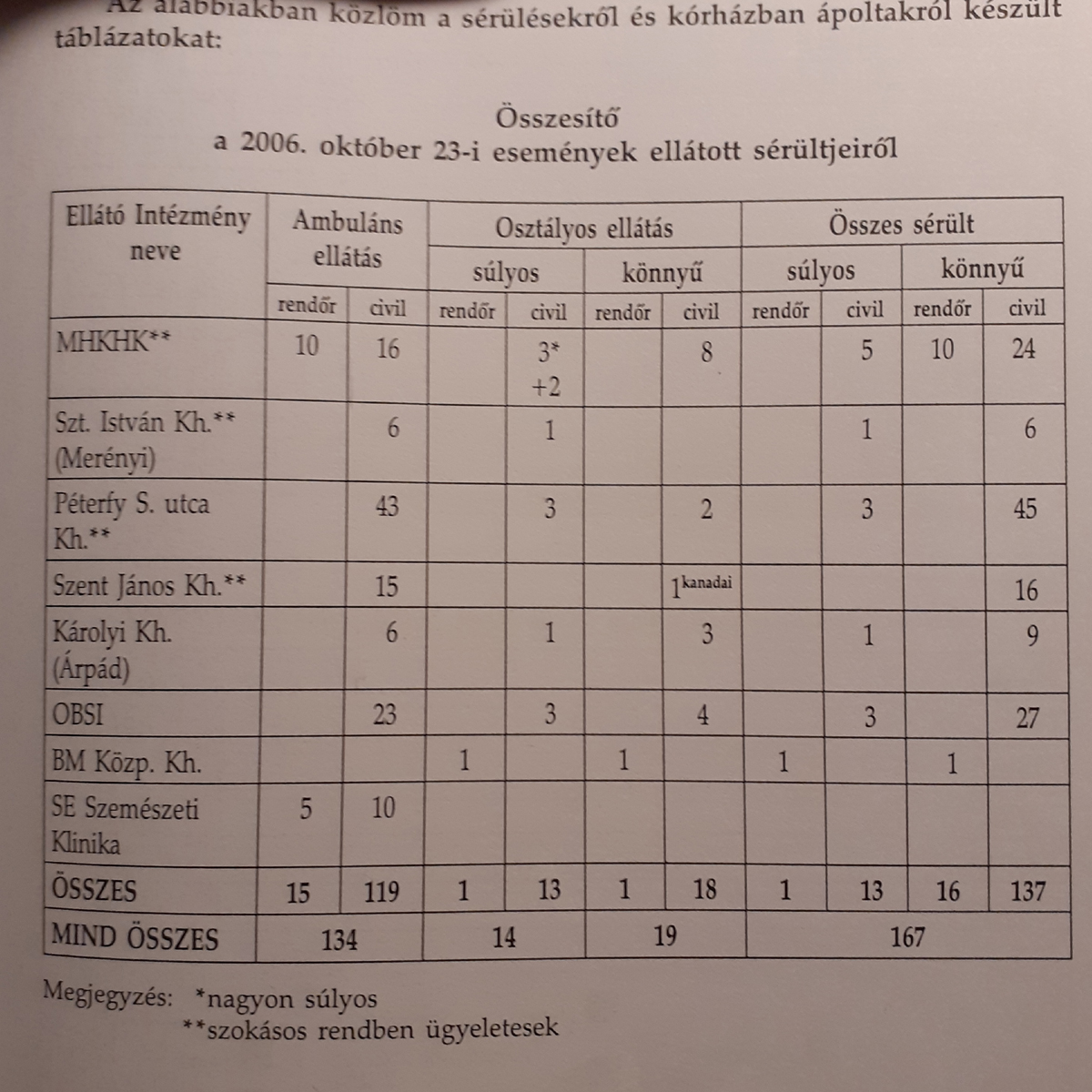
Source: Report of the Civil Legal Committee
From the above, it is clear that the socialist government under the leadership of Ferenc Gyurcsány, and with the effective cooperation of the police commanders, deliberately and consciously beat up hundreds of Hungarian people, regardless of whether they were policemen protecting the MTV headquarters, left alone by their leaders, peaceful protesters, from the Fidesz assembly were they on their way home, or were they just passing by, curious. The hard core who committed the actual mischief was not singled out from the crowd either on the first day or after. Is this a coincidence?
This is how the MSZP, as a communist successor party, under the leadership of Ferenc Gyurcsány, changed from a spiritual heir to a practical heir - the use of physical and mental violence ran democracy aground, and the rule of law ceased to exist in reality. The delivery of the Ószöd speech, its publication, and the events that followed until the 50th anniversary of the 1956 war of independence and revolution were frozen in blood form the "moral" basis of the opposition coalition, which, with the Dobrev-Gyurcsány family at the center, wants to recapture the power. There was never an apology from those responsible, no catharsis: that's why the wounds of 2006 are not healing. And now the same people, who see violence as a natural system-forming factor, are demanding power again, saying: look, we can do this too! Throwing glass beads in front of their enraged followers, they write the new past before our eyes and promise a new future. But this future was once upon a time.
Featured image: Péter Szalmás


